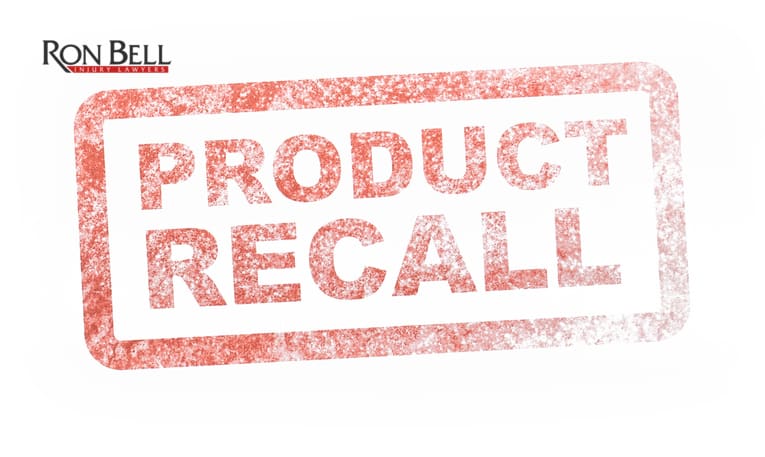
Understanding Product Liability Law
August 10, 2018
Product liability law is a vital means of protection for consumers injured by faulty products. Understanding it may be key to obtaining financial compensation for damage sustained as a result of the use of such products.
In our last blog on self-driving cars, we mentioned that, as autonomous vehicles become more and more popular, we can expect to see a shift in how car accident liability is viewed and established. Instead of claims being based on a driver’s negligence or recklessness, personal injury and compensation in motor vehicle accidents involving autonomous cars will most likely be considered in the light of product liability law. This makes sense since, first, there will be no negligent drivers to blame for the accidents and, second, it is likely that most autonomous cars will belong to and be operated by companies rather than individuals.
Even today, product liability law serves as a protection for consumers against manufacturers and distributors of faulty and potentially dangerous products. In all likelihood, the importance of product liability in the context of personal injury law and compensation claims will only grow in the years to come. Therefore, it is of great importance that consumers have a good understanding of the laws governing product liability. In this week’s blog, we will offer a brief description and explanation of personal injury claims based on product liability.
How Product Liability Works
In the U.S., product liability law products consumers if they sustained harm due to a faulty or defective product. Personal injury claims and lawsuits based on product liability can be filed against any of the parties involved in the manufacturing or distribution of a product. These may include manufacturers of individual parts, the manufacturer responsible for assembling the product and, in some cases, even the distributor of the product such as a retail store owner. A product can be deemed defective if its normal use resulted in a harm or injury to the consumer due to defective design, defective manufacture, or defects in warnings and instructions (that is, a failure to warn).
Defective Design
When a product liability claim invokes defective design it means that a product caused harm because of a preventable flaw in its design that caused unnecessary risk during its normal use. In such cases, the plaintiff is sometimes required to demonstrate that the manufacturer could have foreseen the risk and that there have been both economically and technically feasible options to change the design to ensure safety.
Defective Manufacturing
Defective manufacturing means that the design of the product is safe and doesn’t pose any unnecessary risks but the harm happened due to faulty or negligent manufacturing processes and practices. Manufacturing defects usually exist in a limited number of a certain product. A contaminated medicine that has caused adverse health effects and injury may be an example of defective manufacturing that can go on to become a basis for a compensation claim or a lawsuit.
Defects in Warnings and Instructions
A failure to warn means that the use of a product caused harm or injury, not because of a faulty design or mistakes in the manufacturing process, but rather because the manufacturer failed to provide an adequate warning or an appropriate instruction of use. However, claims based on the failure to warn principle can only be valid if the injury occurred as a result of a non-obvious risk related to a normal use of the product. In addition, the manufacturer must know or must be reasonably expected to know that such danger exists.
While the principles governing product liability cases may seem straightforward, the circumstances of each individual case will dictate the chances for a successful claim and compensation. A person injured because of a defective product should always consult an attorney and obtain a consultation before deciding on any given course of action.
